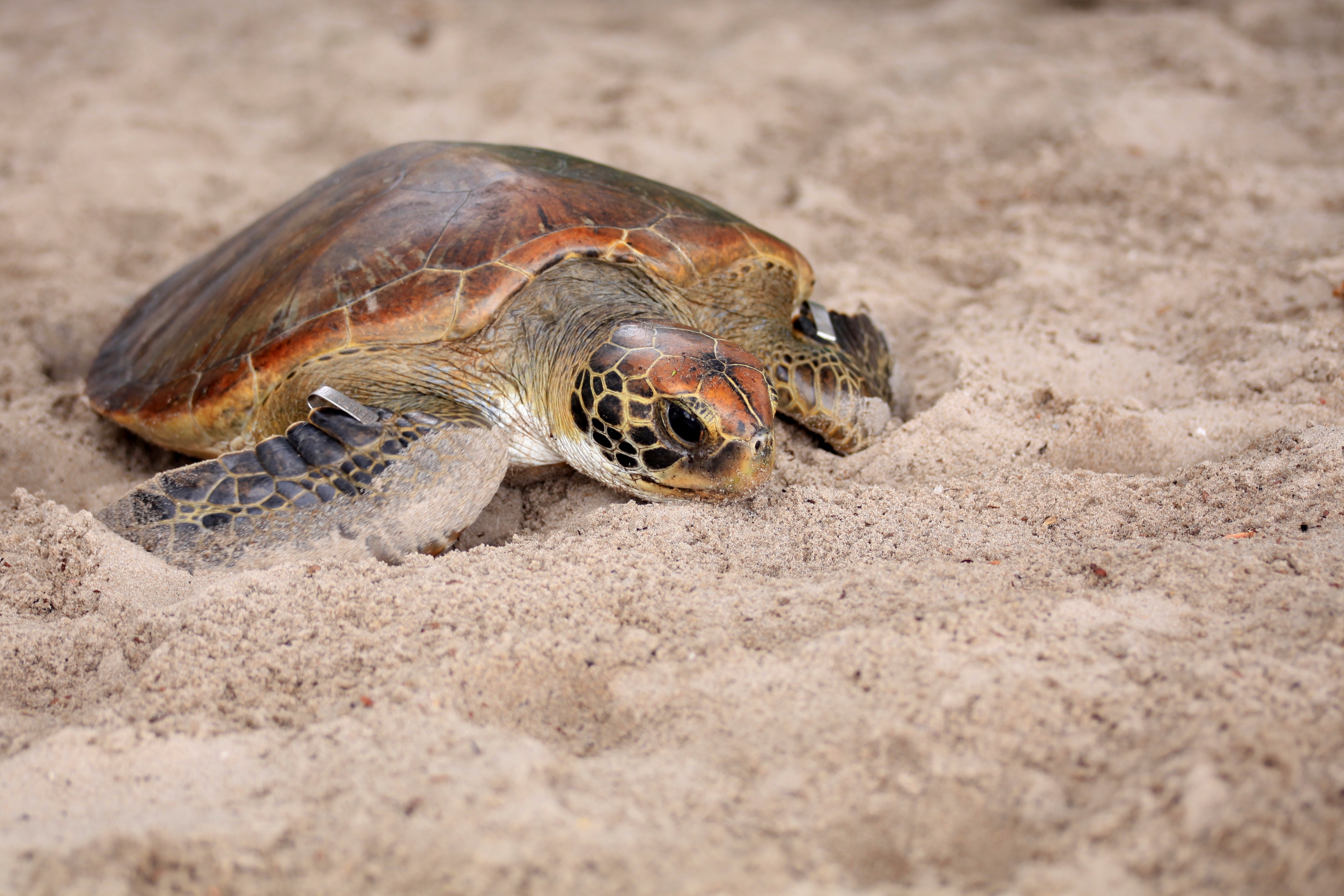- Territorial governance improvment
- Bénéficiaire The Development Institute
- Montant du projet 59 379 €
- Subventions FFEM 29 060 €
-
État du projet achevé
The Keta Lagoon Complex Ramsar Site (KLCRS) is located in the Volta Region in the south east of Ghana and covers two municipalities (Keta and Anloga). The KLCRS is the largest lagoon in Ghana with different ecosystems like brackish water, flood plains, marshland and mangrove swamps and magnificent beaches.
The site is home to important biodiversity with about 80% of Ghana water birds, three out species of threatened sea turtles (Green Turtle, Leatherback Sea Turtle, Olive Ridley) the West Africa Sitatunga, West Africa Manatee, different species of fishes, crabs, shrimps, crocodiles etc. The Leatherback recognized by IUCN as critically endangered is the most commonly seen especially between November-February during night surveys. Environmental issues in the entire KLCRS are enormous such as the presence of salinity, high storms, plastic pollution, semi-finished houses, lack of fresh drinking water, and lack of other sources of fuel wood, haphazard fishing, poaching of sea turtles and cutting of mangrove.
These situations are deteriorating due to the lack of proper coordination of governance and skills i.e. weak governance and skills of local communities and their involvement. Some government authorities such as the police, Navy, Judges, and Magistrates are not informed about the environmental law governing marine and sea turtles and therefore allowing defaulters to go free without punishment and/or sanctions. Besides poaching, picking of eggs from their nest by humans, dogs and pigs is also a major threat. Although this project will be based at the Keta Lagoon Complex Ramsar Site, its main area of intervention will be at the south western corner covering five communities: Akplortoskor, Agbledomi, Atiteti, Fuveme, and Dzita.
The general purpose of the project is to improve community-led governance of The Keta Lagoon Complex Ramsar Site (KLCRS) to catalyse long-lasting conservation of local biodiversity. Communities will be grouped at community’s levels using the Community Resources Management Area (CREMA) approach. This project, therefore, plans a reconnaissance phase based on three main goals : Strengthen local governance of natural resources and biodiversity, reinforce the effectiveness of community-led management of natural resources and biodiversity and promote sustainable grass-cutter farming value chain as incentive for both livelihoods and conservation of KLCRS
